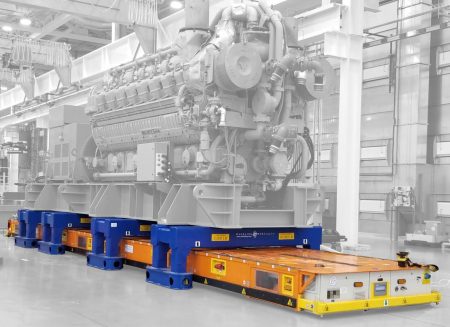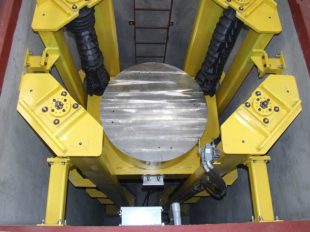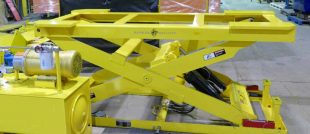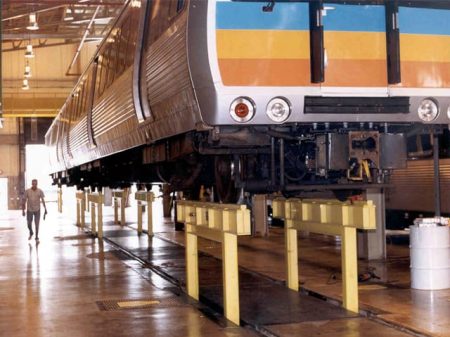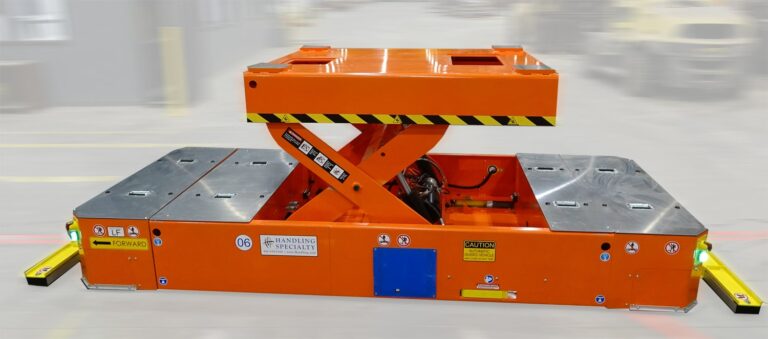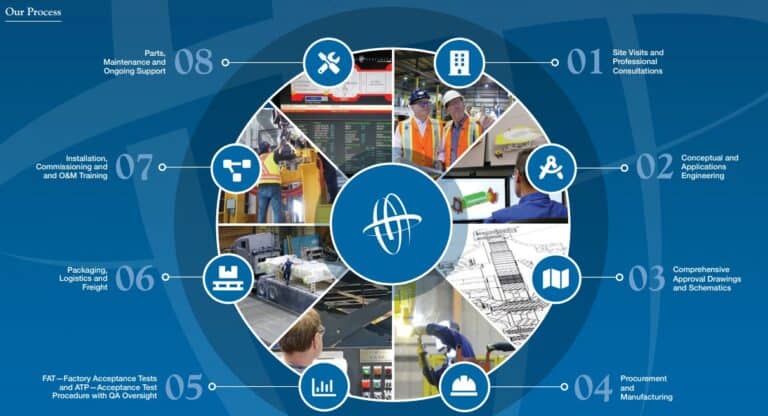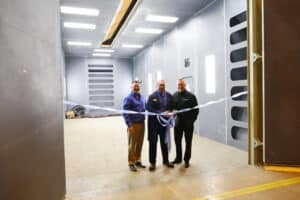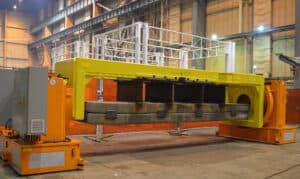The development of the internal combustion engine dates back to the early 19th century when inventors began experimenting with the use of fuels to power machines. The concept of an internal combustion engine is essentially based upon mixing air and fuel which is then compressed by a piston. A spark ignites the mixture causing an explosion that moves the piston which turns a crankshaft that produces mechanical work. Through the years, there have been many improvements including the development of diesel engines, turbochargers, fuel injection, performance, and hybrid technologies. The invention and practical application of the internal combustion engine transformed methods of transportation and powered the industrial revolution. Today, internal combustion engines are used in a wide range of industries including power generation, transportation, marine propulsion, oil & gas, offshore power, and a variety of industrial applications.
Large, internal combustion engines that are used to power marine vessels, generators, compressors, agricultural products, construction machinery, and locomotives are complex machines that generally consist of a cylinder block, cylinder head, pistons & connecting rods, crankshaft & camshaft, fuel system, cooling system, and electrical system. The manufacture, maintenance, repair, and overhaul (MRO) of large engines is a multi-step process that requires skilled capabilities and specialized, robust equipment.
Personnel Access Work Platforms
Diesel engines utilized for power generation and industrial applications tend to be physically large and very heavy. Assembly and MRO operations require a safe, efficient, and reliable method of positioning technicians to the correct elevation to perform the required tasks. Fixed-height work stands or scaffolding have traditionally been employed for access to the engines however they do not necessarily put the technician to the correct ergonomic position. Overhaul and assembly platforms that incorporate adjustable, vertical positioning capabilities are a far superior alternative to fixed-height platforms. These moving work platforms provide infinite vertical positioning of technicians to the exact location for assembly and MRO tasks and put the worker in the correct ergonomic position.

These custom vertical assembly platforms can be equipped with bridges and sliding platform sections to follow the contour of the engine and fill any gap between the work platform edge and the engine itself. These platforms are often provided with auxiliary features such as task lighting, tool and part storage, work benches, HMIs, and other process communication equipment.
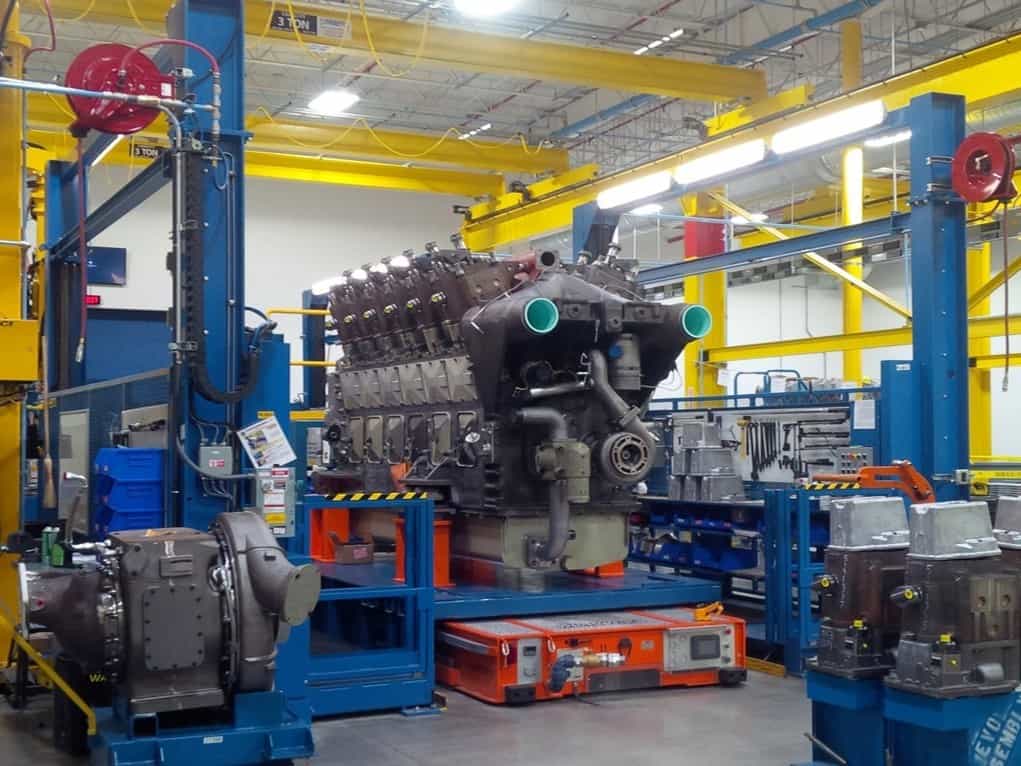
Large Capacity Transporters, Automatic & Manually Guided Vehicles
Engine assembly, test, inspection, and MRO operations also require a means to move heavy loads within the facility. This task has been often addressed via the use of overhead cranes, although in recent years, alternative methods employing manually guided vehicles (MGVs), large capacity transporters and automatically guided vehicles (AGVs) have been widely adopted. MGVs and AGVs offer many benefits over traditional overhead cranes in that MGVs/AGVs are extremely flexible and not restricted to a fixed path. They can reach areas of the plant that are not accessible by cranes and can move loads from one building to another. Moving large suspended loads via cranes can create unsafe working conditions and disrupt production operations whereas MGVs/AGVs provide a safe and efficient means to move heavy loads without interfering with ongoing activities.

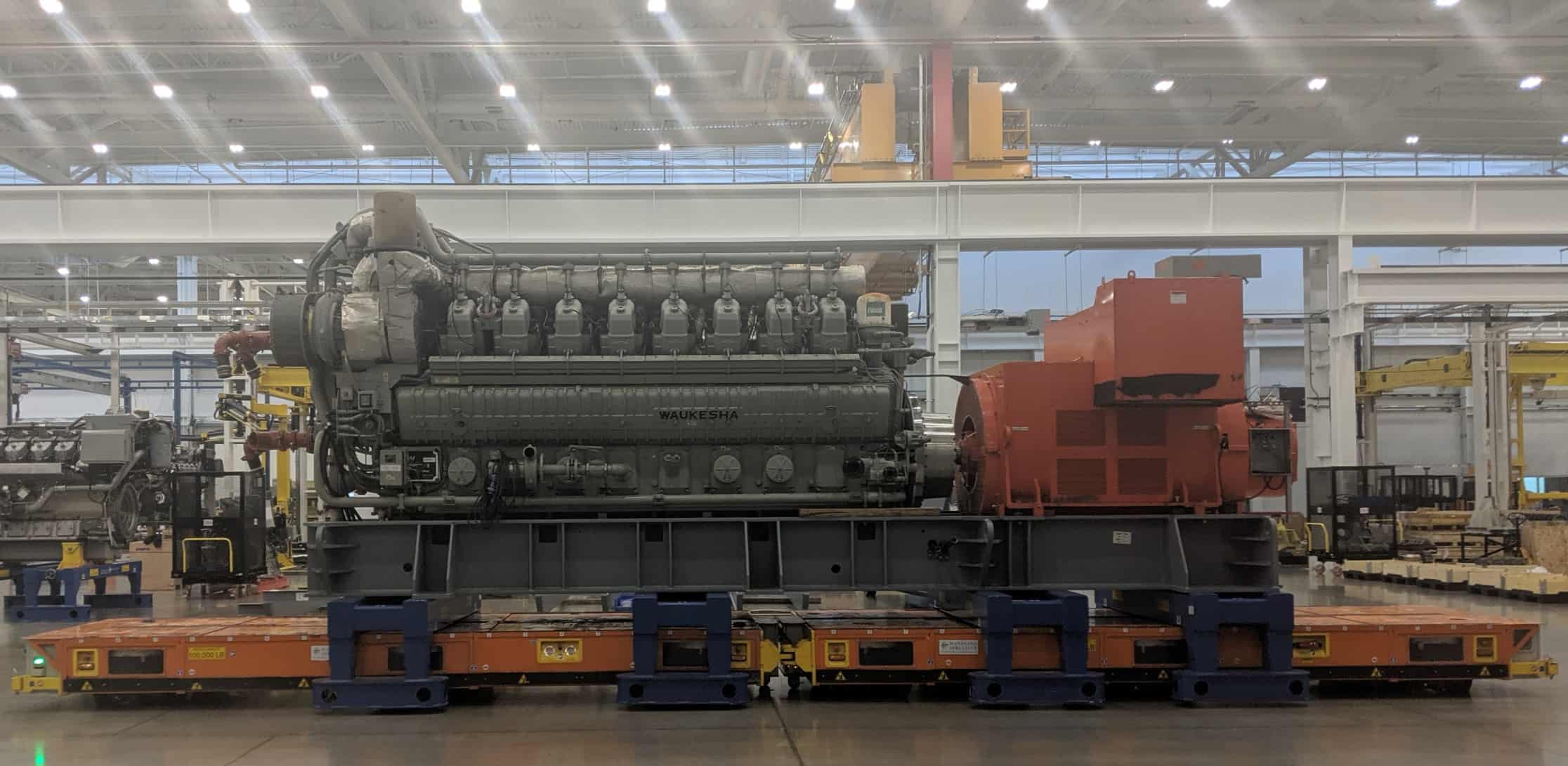
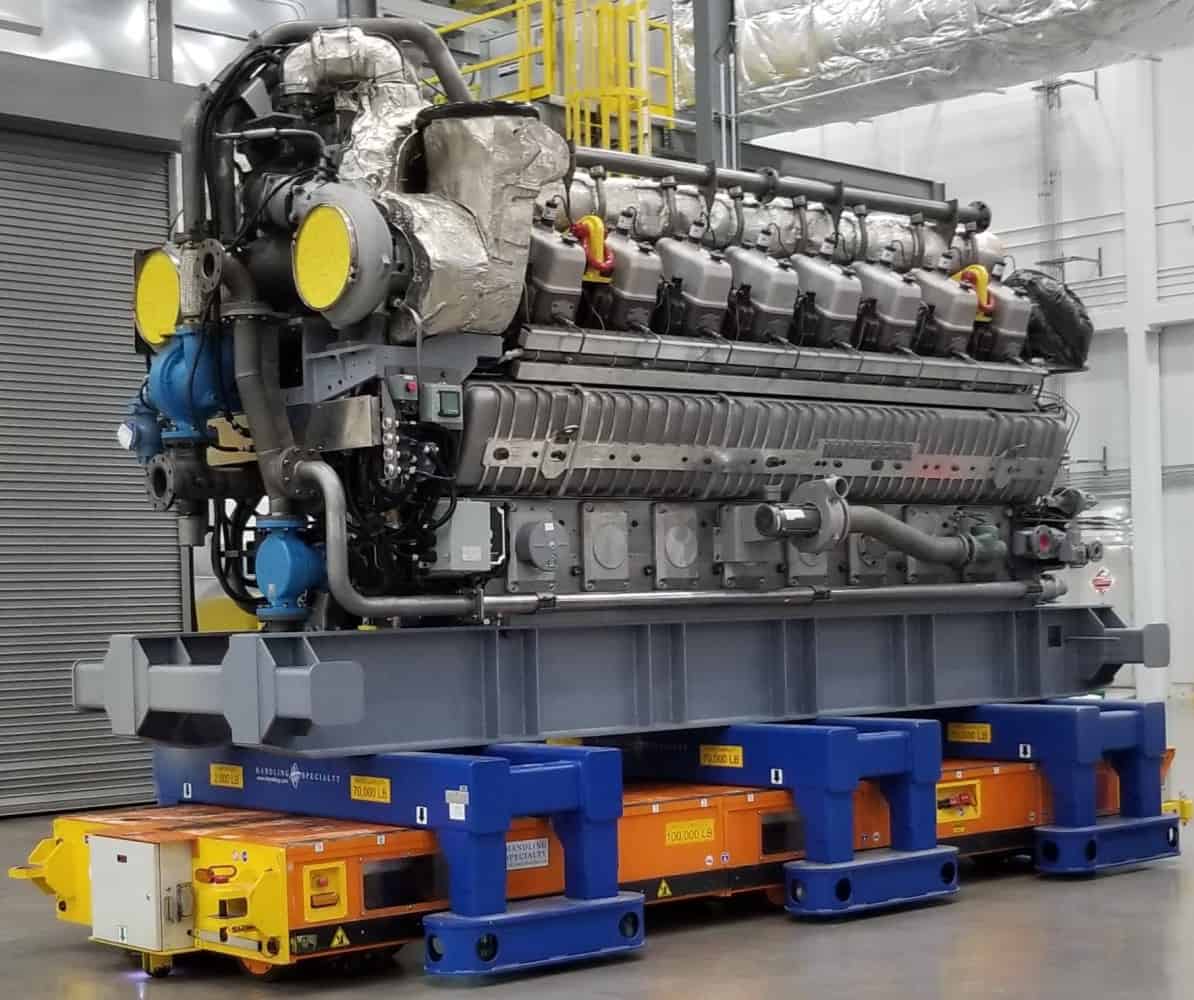
Tooling, Rotators, Rollovers & Specialized Lifting Equipment
The installation of subassemblies and components requires specialized tooling for safe handling. Positioning these parts can often be difficult however employing custom work positioners and rollovers can provide technicians the means to lift, rotate, and orient the part to the correct position during assembly and MRO operations.


The equipment requirements of engine assembly and MRO facilities can vary depending on the specific type of products being manufactured or serviced. Given that each facility has unique technical and scope requirements, it is important for engine companies to partner with material handling solution providers that have a creative engineering team that can collaborate with its clients; from conceptual engineering through detailed design. In addition to strong engineering capabilities, engine companies should be looking to firms with extensive experience in the manufacture, test, installation, and support of safe, reliable, and robust equipment used in engine assembly and overhaul operations.
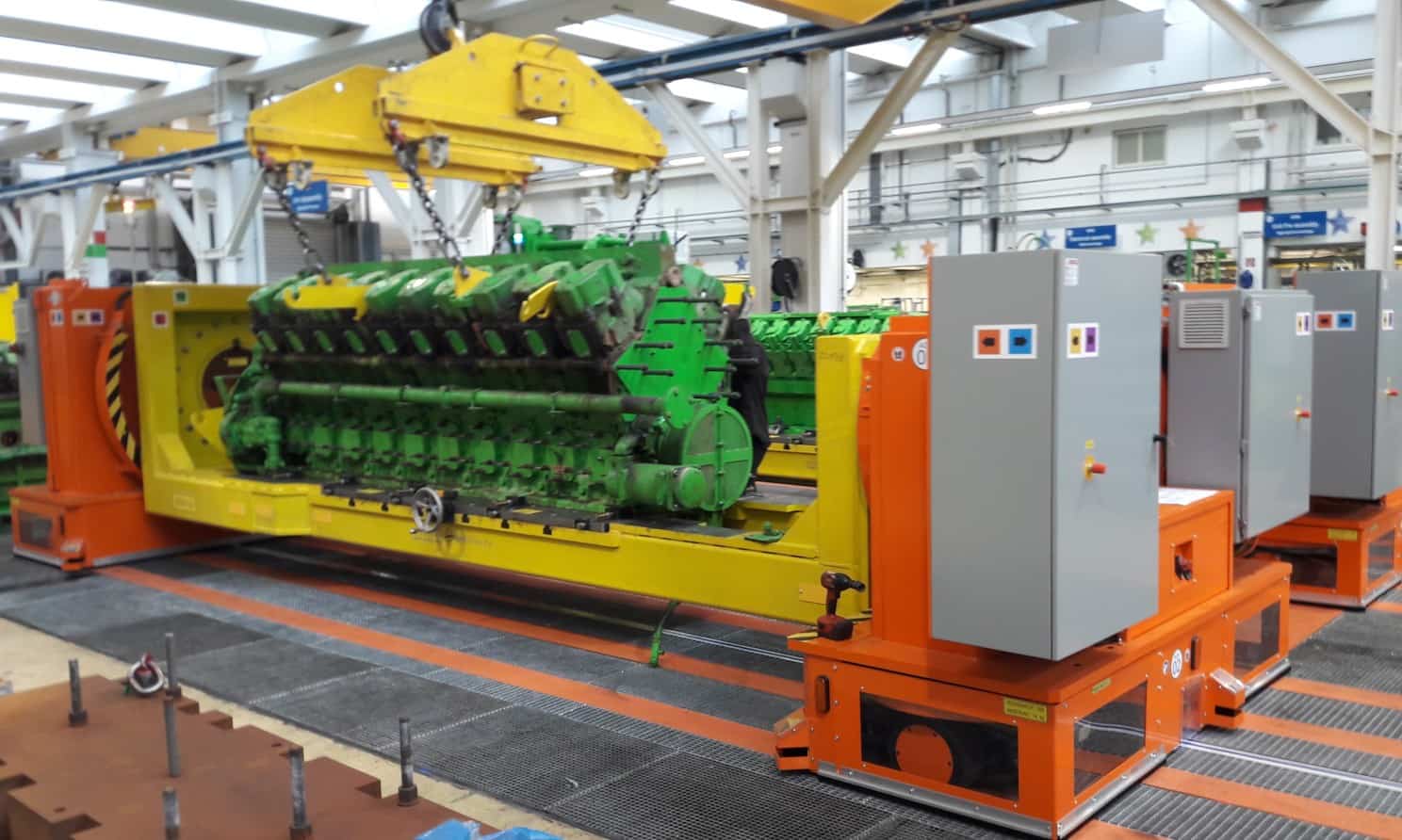
Handling Specialty has more than sixty years of experience in providing custom-engineered material handling solutions to companies in the automotive, rail/transportation, aerospace, power-gen, entertainment, steel/metals, and advanced manufacturing sectors. Handling Specialty provides safe, efficient, and heavy-duty solutions for production applications involving large capacities, high-duty cycles, unique configurations, robust environments, and stringent process, quality, and safety demands. Handling Specialty builds big things to help its customers build big things.
Reach out to a Custom Material Handling Professional Today.
Written by Michael Roper, Sales Manager.

